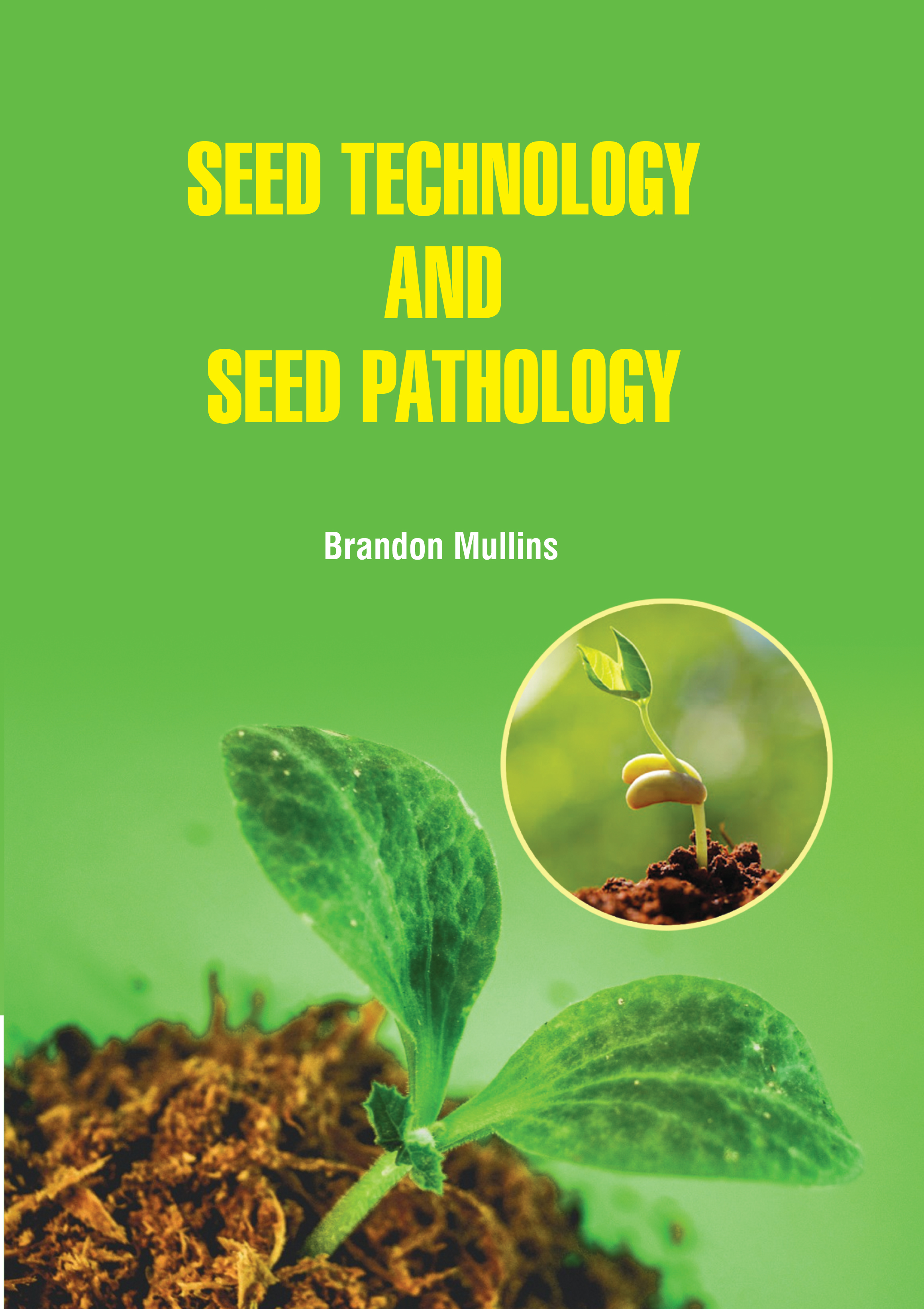
Seed Technology and Seed Pathology
by Brandon Mullins
| ISBN | 9789372420302 |
|---|---|
| Publisher | Digital Drive Learning |
| Copyright Year | 2026 |
| Price | $255.00 |

by Brandon Mullins
| ISBN | 9789372420302 |
|---|---|
| Publisher | Digital Drive Learning |
| Copyright Year | 2026 |
| Price | $255.00 |
A seed is a small embryonic plant enclosed in a covering called the seed coat, usually with some stored food. It is the product of the ripened ovule of gymnosperm and angiosperm plants which occurs after fertilization and some growth within the mother plant. The formation of the seed completes the process of reproduction in seed plants (started with the development of flowers and pollination), with the embryo developed from the zygote and the seed coat from the integuments of the ovule. Seeds have been an important development in the reproduction and spread of flowering plants, relative to more primitive plants like mosses, ferns and liverworts, which do not have seeds and use other means to propagate themselves. Fungicide seed treatment products come in a variety of formulations and in a variety of packaging sizes and types. Some are registered for use only by commercial applicators using closed application systems, others are readily available for on-farm use as dusts, slurries, water soluble bags, or liquid ready-to-use-formulations. Whatever the formulation used or application method chosen, some precautions should be taken to assure applicator safety and appropriate seed coverage. Nowadays, modern seed treatment machines have been designed to a high standard for treatment of large quantities of seed. However, different seed treatment formulations and different seeds sometimes require different machines. The most common seed treatment formulations worldwide are flowable concentrates, wettable powders and liquids. Advanced seed dressing methods include film coating and pelleting. The book will be of great help to students, researchers, and people engaged in seed production activities. In this book, information about different seed borne diseases, alternative methods of diseases control, which are less harmful to human beings and environment.